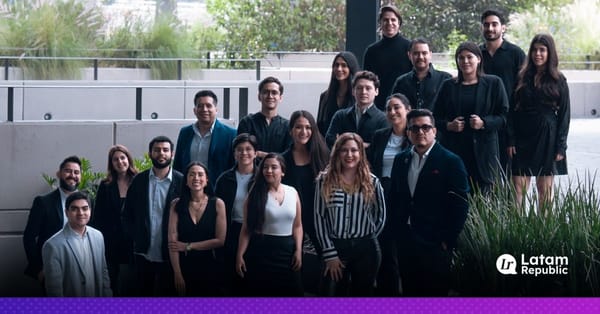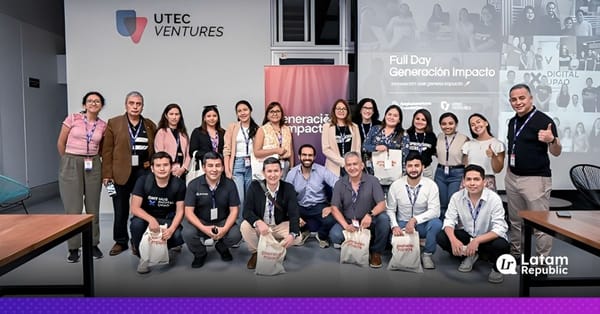Latin America's insurtech ecosystem breaks records in 2025
The insurtech landscape in Latin America in 2025 is on fire.

The insurtech landscape in Latin America in 2025 is on fire. In just six months, the sector secured $121 million in funding, a staggering 370% increase compared to the first half of 2024, and already 32% higher than the total funding raised throughout all of last year.
This milestone highlights not only the region’s resilience but also the growing appetite from investors who see long-term value in the insurtech space.
Brazil dominates, mobility and Life & Care attract capital
Brazil continues to lead the way, pulling in $89 million, a massive 74% of all regional investment. Most of the funding funneled into two key verticals:
- Life & Care, which took 65% of the total
- Mobility, capturing 33%
These two sectors clearly show where investor interest is headed: toward health, wellness, and how people move.
More startups, steady growth, despite the odds

There are now 507 active insurtech startups across the region, a modest 2% increase over last year. While this signals a slight slowdown compared to previous quarters, when accounting for a 9.4% startup mortality rate, the net organic growth stands at 11%, with 56 new insurtechs launched in the last 12 months.
The top players? Brazil, Mexico, and Argentina. But watch Chile
Brazil (203 startups), Mexico (129), and Argentina (95) remain the heavyweights in terms of volume. However, Chile stole the spotlight with a 29% growth rate, thanks in part to a low startup death rate. It’s now a key driver of momentum across the region.
Going global: regional startups expand abroad
One of the strongest signals of maturity in the Latin America insurtech 2025 ecosystem is international expansion. In H1 2025, the internationalization index rose 36%, now sitting at 18.3% of startups operating in multiple countries.
Countries pushing this trend include:
- Perú (58%)
- Chile (31%)
- Colombia (26%)
Even Brazil, traditionally a very local market, now has 10% of its insurtechs going international.
According to Hugues Bertin, CEO of Digital Insurance LatAm, “The chance of survival is three times higher for startups operating in multiple markets.” Enough said.
Foreign players want in

Investor confidence isn’t just homegrown. The foreign insurtech presence in Latin American markets rose to 32% (up 8 points from 2024). Top magnets for outside players:
- Colombia (66%)
- Perú (53%)
- México (42%)
Startup survival improves in most markets
While the overall mortality rate hovers around 9.4%, the ecosystem appears to be stabilizing.
- Brazil and Chile saw improvements (9% and 3% respectively)
- Mexico, Colombia, and Argentina experienced slight upticks due to ecosystem clean-ups
Distribution vs. Enabling: A 50/50 split
Half the region’s insurtechs focus on distribution—primarily in Auto and Home through Broker and MGA models. The other half are enablers, with a growing focus on:
- AI agents
- Fraud, data, pricing, and risk tools
Still, most enablers concentrate on digitizing traditional brokers (15%).
Mobility and Life & Care lead the way

With 200 startups, mobility is the largest segment (39%), and most are focused on distribution (65%). The vertical has captured:
- 35% of all insurtech investment over the last decade
- 44% of total funding in 2025
- Nearly $474 million since inception
Meanwhile, Life & Care, spanning life, health, wellness, and aging, has 141 startups (28%), and has raised:
- 55% of all funding over the last 10 years
- $750 million to date
Insurtech is no longer on the sidelines
As Bertin puts it: “In just five years, insurtech has become the core engine of transformation for insurers and major brokers across Latin America.”
From startups to incumbents, regulators, and associations—everyone is now collaborating to:
- Boost insurance penetration
- Better understand and mitigate risk
- Improve operational efficiency without compromising user experience
Carlos Cendra from Mapfre adds: “We’re already back at pre-pandemic funding levels, and on track to beat the $221 million mark set in 2022. With high-impact startups like Blue Marble and Past-Post leading the way, the second half of the year looks very promising.”




